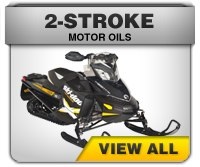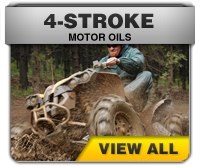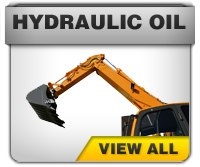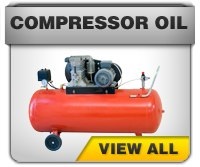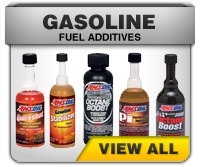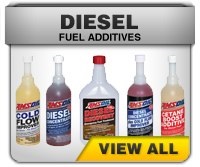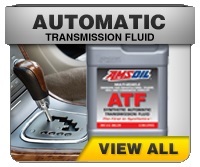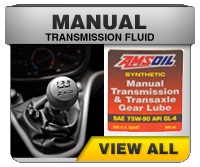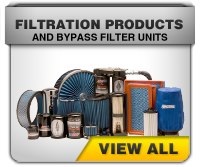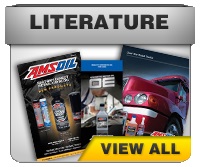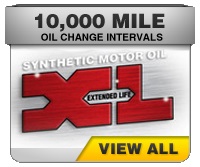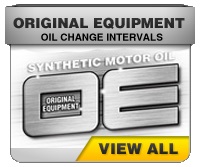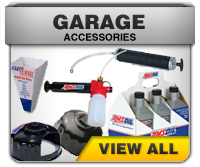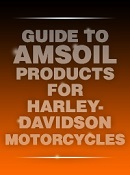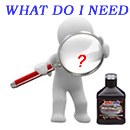
AMSOIL | Where can I buy it |
||||||||||||||||||||||||||||||||||||
Best 2 cycle Snowmobile oilBest Price on Amsoil Interceptor 2 cycle Injection Oil. Best snowmobile oil at Wholesale. Why pay retail pricing when you can have it shipped to you as an Amsoil dealer or preferred customer, details about these programs and offers when you request the price list below.
Subject: Two-cycle exhaust power valves Technical Service Bulletin OBJECTIVE: To bring to light the existence and purpose of a special mechanism referred to as an exhaust power valve used in the two-cycle industry to control the size of the exhaust port. ISSUES: The need in certain two-cycle engine designs to service the exhaust power valve TECHNICAL DISCUSSION: When dealing with basic two-cycle engine design, the size of the exhaust port can be extremely important. A large port tends to provide freer flow offering additional performance at higher engine speeds. Due to loss of fresh air/ fuel charge at lower speeds however, horsepower and torque are often compromised when a larger exhaust port is utilized. Smaller ports on the other hand, tend to offer better low speed performance which diminishes as engine speeds increase due to their restrictive nature. The most desirable situation would be one in which the size of the exhaust valve would change with engine speed. Smallest at low speeds with a gradual increase in size as the engine RPMs increase. The concept of an adjustable exhaust port size is nothing new. Variations have been around since the 1970s and in mass production in the motorcycle industry since the early 1980s. In recent years, this type of exhaust port has become increasingly popular within the motorcycle and snowmobile industries. Most commonly referred to as a power valve, its operation is quite simple. Though the actual function of the valve will vary with design, the general principle is the same. At low engine speeds, the power valve is in a closed position, covering a portion of the exhaust port. In this position, low and lower speed performance is maximized. As the engine reaches higher operating speeds, the valve is retracted creating a larger exhaust port. The end result is a maximization of high-speed operation without sacrificing low end and mid-range performance. The movement of the valve can be controlled in several differing ways. Some designs use exhaust or cylinder pressure to activate the valve while others use an electro/mechanical method. A third style uses a direct cable or mechanical linkage to operate the valve. Though each design has its own benefits and disadvantages, all suffer from a similar problem. That problem, is that they all require periodic maintenance. With the valve being placed in the exhaust stream, it must function in an extreme environment. Not only must it deal with high temperatures but also exposure to a constant flow of contaminates. Carbonaceous material, un-burnt fuel and heavy oil residue can form deposits on the valve. As the level of these deposits build, the movement of the valve will become sluggish. Eventually the deposit level will reach a point at which the valve will stop moving. One should keep in mind that the level of force available to activate these valves is minimal. Even moderate restriction due to deposit formation can render the valve in-operable. In order to maintain peak performance, periodic maintenance is required. Within the snowmobile industry, some recommend that valve maintenance (cleaning) be performed as frequently as after every 500 – 1,000 miles of operation. Subject: Two-cycle exhaust power valves This may seem quite frequent but in many cases it is not. The length of time however, will vary depending on two major factors. The first is how the equipment is used. power valve equipped engines that are subjected to extensive idle or operation at continuous low speeds tend to require more frequent service. Secondly, the type and brand of oil used in the equipment can be a significant factor affecting the frequency of needed service. Amsoil Interceptor synthetic two-cycle oil for instance, has demonstrated superiority in the area of maintaining power valve cleanliness. Not only has this shown through in bench tests but also in the real world of field demonstration. At intervals designated by the equipment manufacturer or when engine performance issues arise, the power valves should be serviced. The actual service process will vary from one design to another hence one should refer to the individual manufacturer servicing instructions. If you are a consumer and you have any doubt as to how to properly service the valve, it should be left to a qualified technician. As the valve is being disassembled, one should pay close attention to it’s ability to move within it’s housing. The valve should move freely and with little or no resistance. If a high level of resistance is noted or the valve is frozen in place, you can rest assured the valve was negatively effecting engine performance. Also keep in mind that if a valve has been in use for any length of time, it will have some discoloration and deposit formation. The presence of deposits is not of great concern. The type of deposit and the degree to which they hinder movement is more important. Hard dry carbon is worse than soft oily deposits. In other words, do not expect the valve to appear shinny and new. When removing or cleaning, care should be taken not to mar or scratch the surfaces of the valve. Damage to the surface of the valve can result in restricting it’s movement once reinstalled. Residue and deposits should therefore be removed using a non-metallic scraper and/or a cleaner such as Amsoil Power Foam. Cleaners such as this help to diazolve residue and loosen deposits without damaging critical surfaces. RECOMMENDATIONS: In high performance two-cycle engines, power valve maintenance will always be a concern . The use of Amsoil Interceptor synthetic two-cycle however can dramatically reduce the need and ease of such servicing. When servicing is required, Amsoil Power Foam can assist in providing safe and effective cleaning. The end result is more consistent performance with less effort and cost.
| ||||||||||||||||||||||||||||||||||||
IF YOU WOULD LIKE TO GO DIRECTLY TO ONE OF THE PRODUCT PAGES BELOW TO ORDER OR GET MORE INFORMATION PLEASE DO SO BY SELECTING A CATAGORY.
REQUEST THE PRICING AND PREFERRED CUSTOMER DISCOUNT EMAIL BY SELECTING ENTERING YOUR NAME AND EMAIL. CLICK HERE
Amsoil Ordering Menu | ||||||||||||||||||||||||||||||||||||
Joe Lee - Authorized Amsoil Dealer PH (763) 213-9163
7384 Lake Dr Lino Lakes, MN 55014











